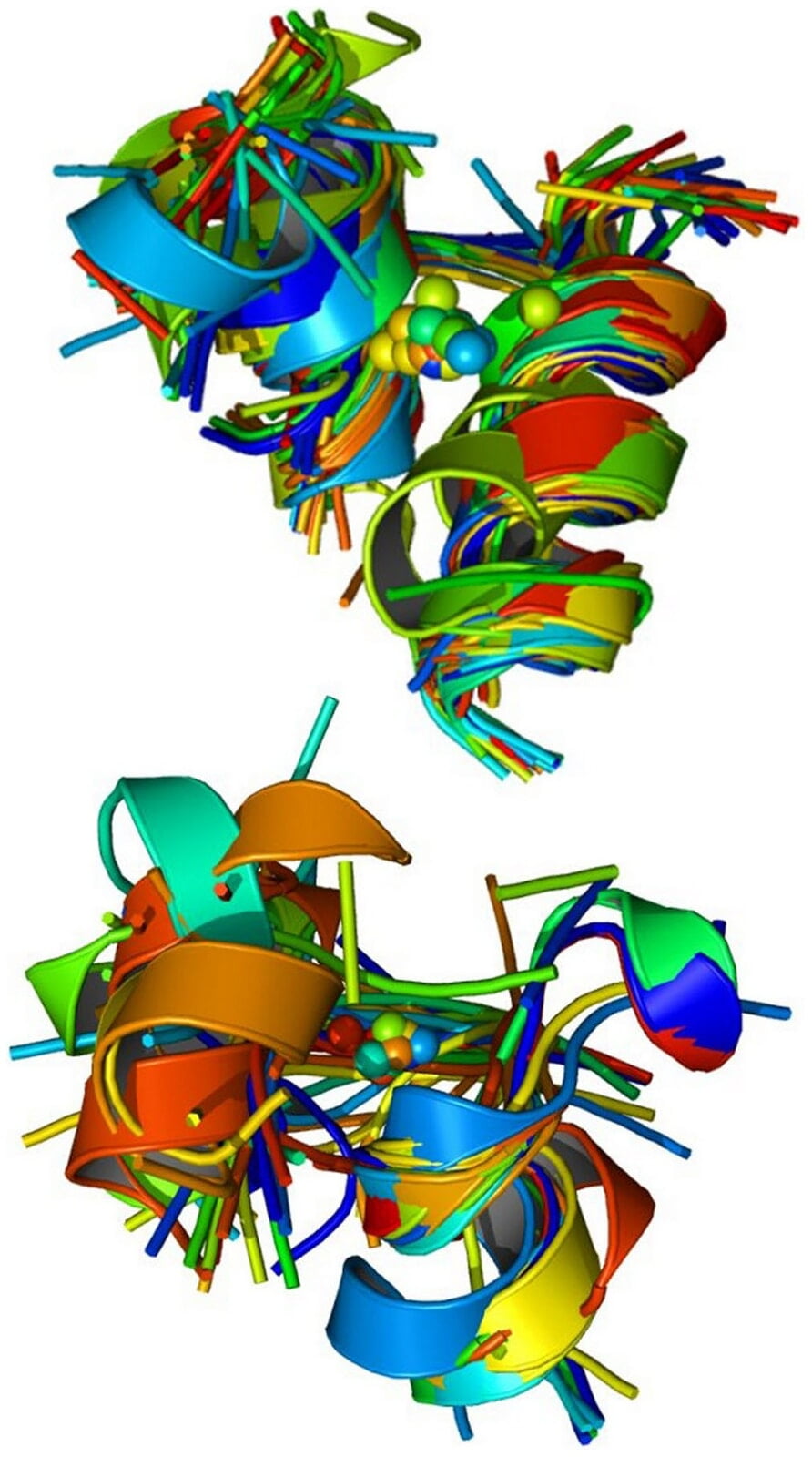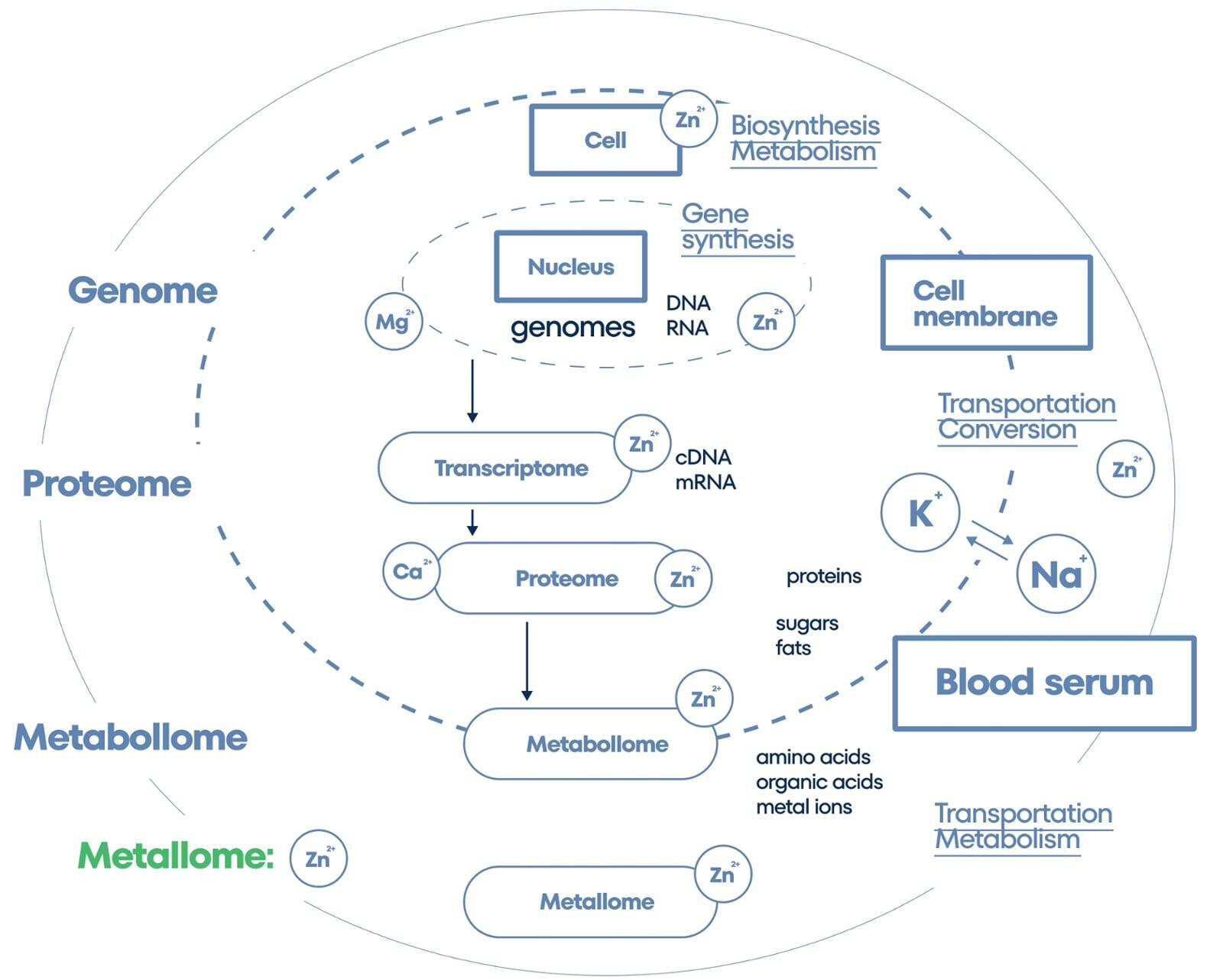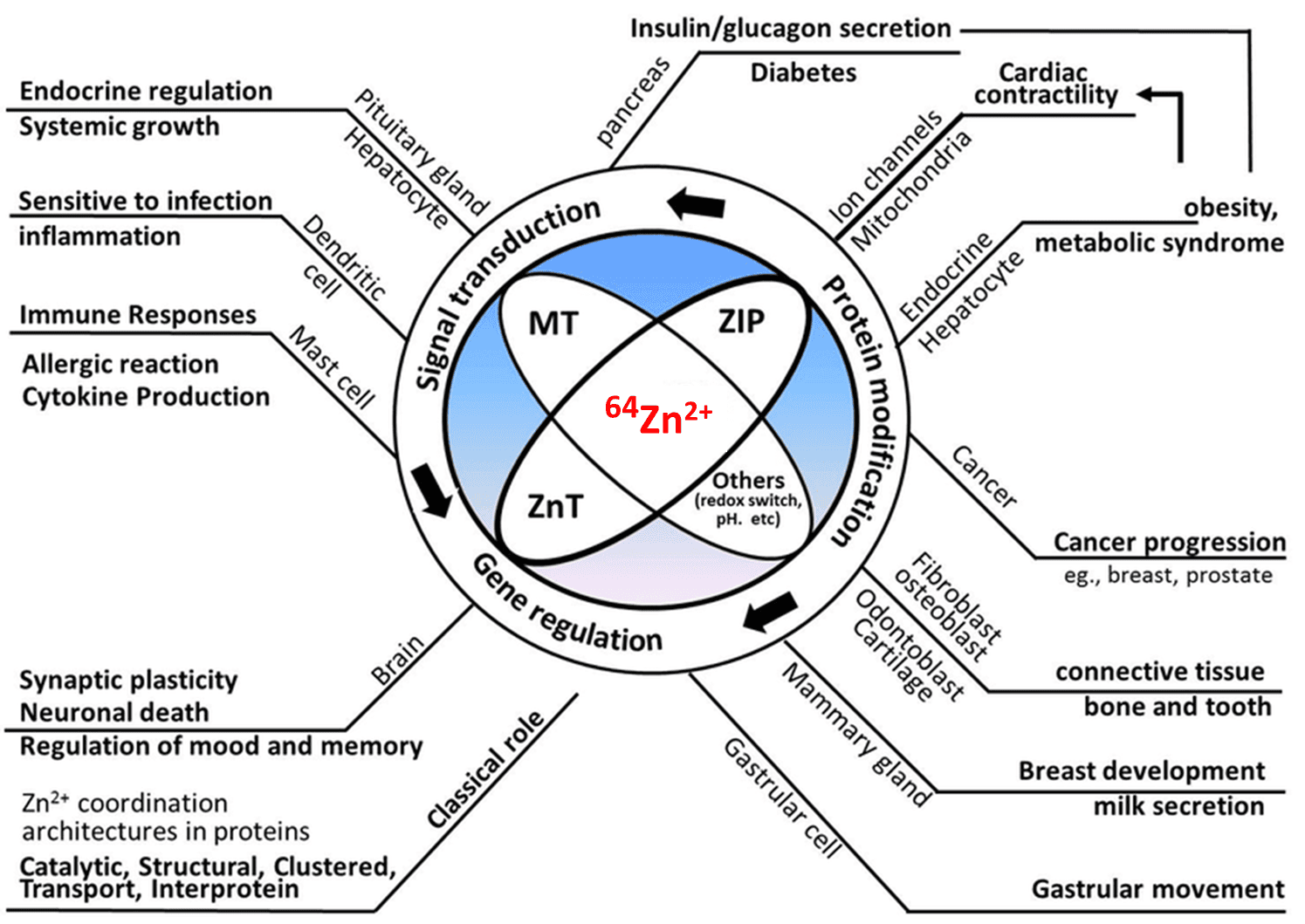We investigate isotopic ratios and interactions of non-radioactive atoms (isotopes) within biological molecules, cells, and tissues, and their effects on healthy homeostasis.

Our Innovation
We extend our research beyond molecular signatures to delve into the atomic and nucleic levels, investigating how stable isotopes influence cellular functions and health of human organisms. By examining the natural abundance and fractionation of stable isotopes, we aim to uncover their roles in physiological processes, disease cascades, and cellular functions. This approach allows us to gain deeper insights into the pathways and conditions that are challenging to detect, ultimately contributing to the advancements in medical innovation and therapeutic strategies. Our proprietary ISM (Isotope-Selective Modulation) therapy is at the forefront of developing these innovative treatments, leveraging our deep insights into the behavior of different atoms within biological systems and their influence on human health.
The Metallome Connects "The Omes"
Led by Oxford Academic, the healthcare industry started to recognized the importance of the comprehensive study of metal ions within biological organisms - the metallome - beyond just diagnostics and further into advancing medical research, understanding cellular homeostasis, and development of therapeutic treatments. The metallome is intricately connected to other "omes" such as the genome, proteome, microbiome, and more, influencing and being influenced by those biological systems through its role in essential metal ion regulation and interactions.

The metallome is critical for a myriad of biological processes, including the synthesis of proteins, maintaining charge balance and electrolyte function, ensuring DNA integrity and facilitating DNA repair, as well as playing a key role in the structure, signaling, and stem cell functionality.
Research shows that in our youth, healthy cells and tissues are enriched with lighter isotopes of essential metals, like Zn and Fe (healthy isotopic fractionation), which shift towards heavier isotopes in cancer cells and as we age. This “isotopic dysfractionation” of stable (non-radioactive) isotopes triggers and amplifies inflammation, oxidative stress, and disruption of cellular homeostasis – leading to disease.

Understanding isotopic signatures is central to our unique approach to deciphering diseases and designing drugs to restore healthy cellular function. Equipped with a continually developing such understanding, we translate our metallome insights into disruptive new pharmaceutical platforms to treat disease and promote health.

